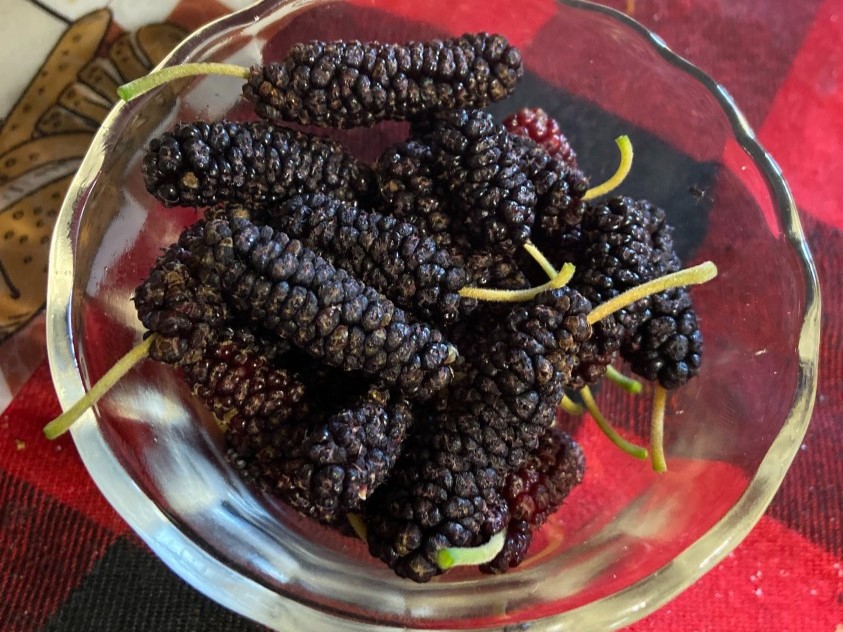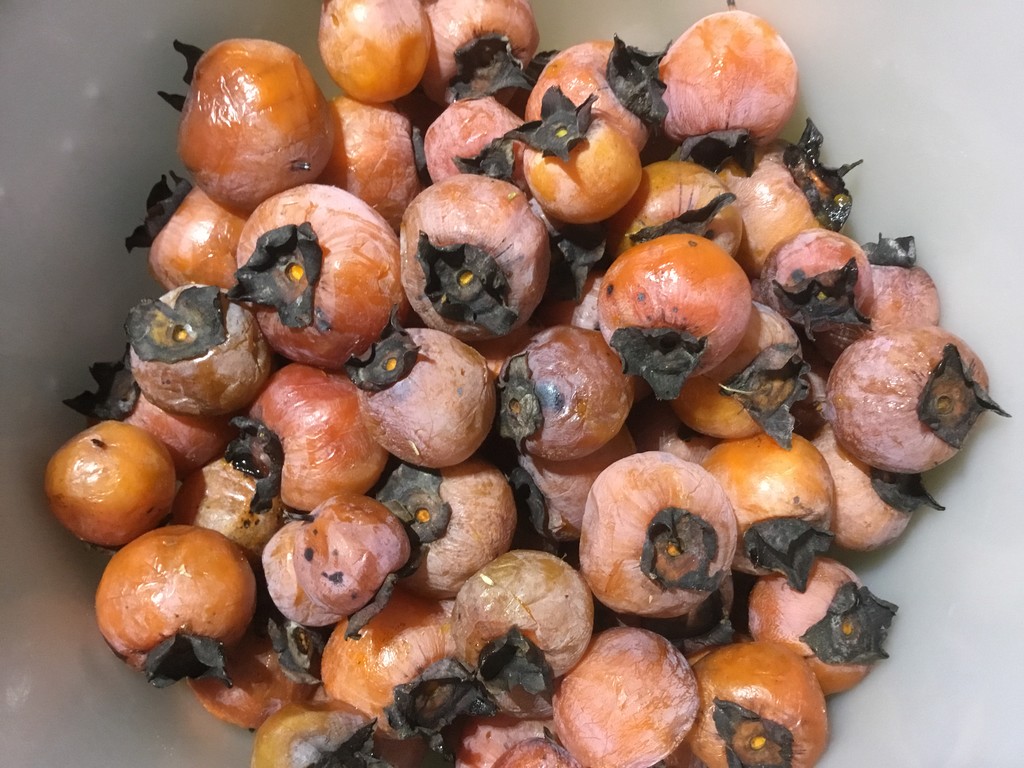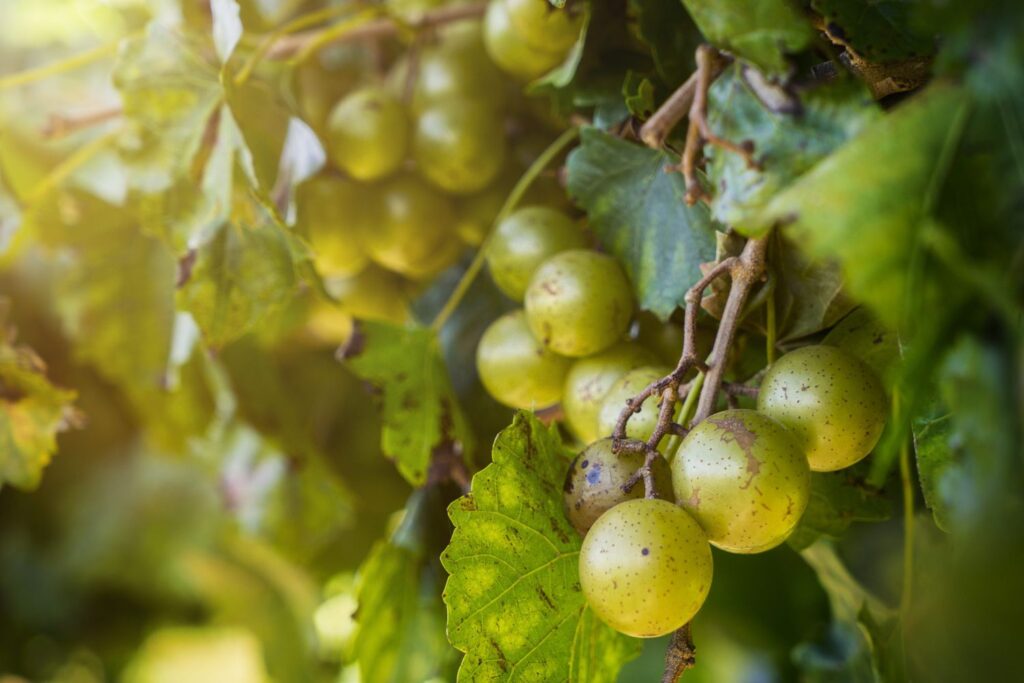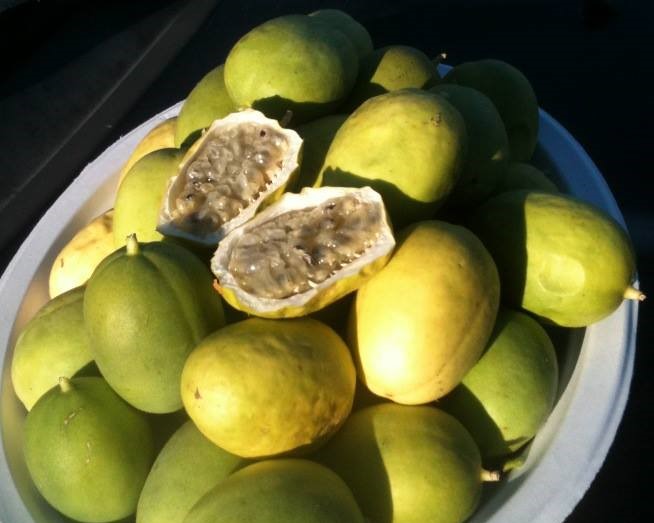
**This research was first published in the August 21, 2024 edition of the Chatham Star-Tribune newspaper as part of Kyle Griffith’s weekly segment entitled “Heritage Highlights.”
One of the pleasures of living in the country is the discovery of nature’s regional fruit variety. A walk through the forests may unveil remnants of old trees bearing fruit of a wild and imperfect appearance. Early settlers of Virginia commonly laid out a dedicated location for the collection of fruit-bearing trees as an orchard. Among the many varieties of wild apples, pears, peaches, and plums, there was a bountiful resource of fresh fruit for ciders and preserves. If nobody collected the ripe fruits, they fell and sustained the wildlife and bees. The countryside altogether contains a list of wonderful foods that are not typically found in grocery stores.
Freshly picked mulberries gathered in a bowl
Mulberries are native to North America and have the appearance of elongated blackberries. They can range in color from red to dark purple. Unlike blackberries, which grow on thorny bushes or brambles, mulberries grow on large trees. The texture can be more fragile and mushy than blackberries, making them harder to transport and sell in grocery stores. The variety found on my family property starts off red and ripens to a deep purple, inevitably staining the fingers of anyone who picks them. They are very sweet and tart in flavor, great for pies, preserves, or a quick snack in the tree.
Wild persimmon fruits gathered together
Persimmons are a small red-orange colored fruit that resembles the appearance of a waxy tomato. It ripens around September. The fruit is capped with a tough and husk-like leaf. The name “persimmon” is adopted from an Algonquian word meaning “dried fruit.” When unripe the fruit is green, highly bitter, and has a drying effect on the mouth. After the first frost, the fruit ripens and turns a deep orange to reddish-brown, developing a unique flavor like apricots and cantaloupe. The texture becomes soft and the shelf life is very short before it begins to wrinkle and break down into a jelly-like consistency. The fruit is often eaten fresh or made into pies, preserves, and salsas.
Pawpaw fruit sliced open
Pawpaw fruits have a strong cultural history in Virginia as a native plant. Pawpaw trees are often found in river valleys and produce ripe fruits around September and October. The skin of the pawpaw is bright green when unripe and gains yellow-brown splotches as the fruit matures. The fruits are typically oblong and several inches in length. The pale yellow interior easily scoops out with a spoon like custard, however there are also rows of large brown seeds about the size of almonds. The tropical flavor compares to a sweet banana and mango. The shelf life is short, so it is recommended to chill pawpaws or to freeze them if they are being shipped long distance. In addition, pawpaws make for a memorable ice cream flavor.
Scuppernong muscadines are native to the American South. Photo courtesy of Mphillips007/Getty Images
Muscadines are the native grapes of the American South. They are larger, rounder, and often have a thicker skin compared to common grapes from the grocery store. Muscadines come in a range of colors, including dark purple, bronze, and green, often with a shiny and speckled appearance. The bold flavor could be described as sweet and musky. They also contain noticeable seeds that can be chewed and eaten. There is an ancient muscadine vine that remains in North Carolina, on Roanoke Island, that is thought to be at least four hundred years old. The native grapes were prized for the production of sweet muscadine wine.
Maypops are the edible fruit of the passionflower, also known as “wild apricot.” In decades past during late summer, families and children tended to forage in fields and untended areas where the vine naturally grew. One distinctive feature of the maypop flower is the thread-like filaments that emerge from the center of the flower and radiate outward in a circular pattern. The fruit appears about the size of an egg and light green in color. The tough outer skin is usually discarded. Inside the maypop is a cluster of small seeds, each encased in a gelatinous, juicy pulp that bursts with tropical juice when bitten into.
As some people rely solely on the produce of grocery stores, the wild fruits mentioned here fall into obscurity and are often overlooked. Thankfully, many of these fruits are readily available for those who know where to forage. The flavors are usually much richer than anything found in the supermarket. The concept of the homestead orchard is fading, but the memories of old forgotten fruit trees are still ripe in the minds of those who grew up in the country.






